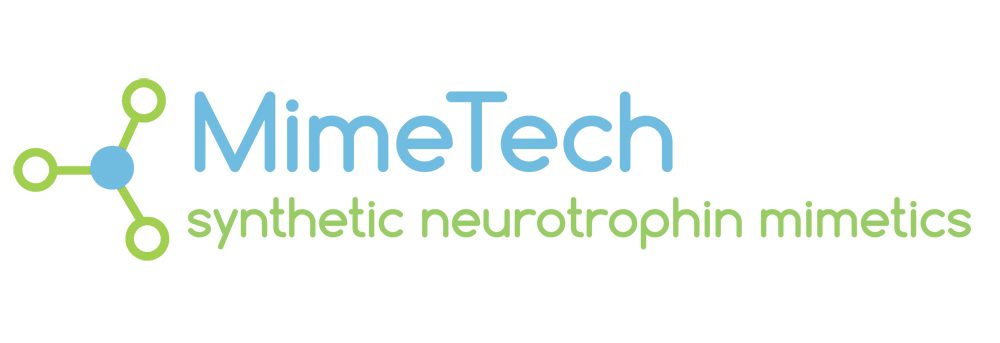Overview
All aspects of cells’ life are extremely regulated and death is not an exception. Typically, two kinds of cell death are described: a sudden death, generally caused by a traumatic injury, named necrosis, and a Programmed Cell Death (PCD), usually referred to as apoptosis. Programmed means that accurate molecular signals (extra- or even intra-cellular) regulate the death of a given cell. Such regulation (when, where, who, how) is a physiological feature of multicellular organisms, useful to maintain a precise equilibrium (homeostasis) within a multicellular tissue and indispensable for a correct development. The balance between cell death, proliferation, and differentiation is essential for homeostasis. For example, the formation of certain structures (i.e., hollow organs or interdigital spaces) demands that some cells die for the correct shape of the rising structure. Likewise, the selection of proper lymphocyte populations proceeds by apoptotic elimination. Programmed also means that apoptosis is brought about through pre-determined biochemical steps that in any case culminate with the activation of Caspases, a class of proteolytic enzymes, and that it requires energy in order to neatly dismantle cell structures.
Increasing knowledge revealed that, beyond apoptosis, other forms of PCD exist. The most common is autophagy (means self-eating), a controlled and active process that allows to recycle molecules plus energy – by the formation of double-membraned vesicles known as an autophagosomes – during stress conditions, like in case of nutrients deprivation. Through autophagy, cells can remove damaged structures during the course of their life, a process indispensable for homeostasis and the physiologic turn-over of the proteins; however, when autophagy is not sufficient to resist metabolic injuries the cell dies. In addition, like apoptosis, a plethora of biochemical events can induce or stop the process so, generally, the cell fate is determined by the sum of pro-death and pro-survival signals.
Necrosis is a non-programmed process (e.g., caused by trauma, either physical or chemical), that does not require energy nor effector proteases, like caspases. However, this paradigm has recently changed, because a programmed form of necrotic death, termed necroptosis, was described as a common event in vivo, especially during traumas, neurodegeneration, ischemia/reperfusion injury, or infections. In addition, new evidence has revealed that, unlike disordered necrosis, necroptosis shares some steps and key points with apoptosis, for example activation of the enzymes Poly (ADP-Ribose) Polymerase (PARP), p38 Mitogen-Activated Protein Kinases (MAPK), and JNK. This implies that also the necroptotic process can be modulated and, hence, that several important diseases, such as ischemic and neurodegenerative conditions, can be treated.


